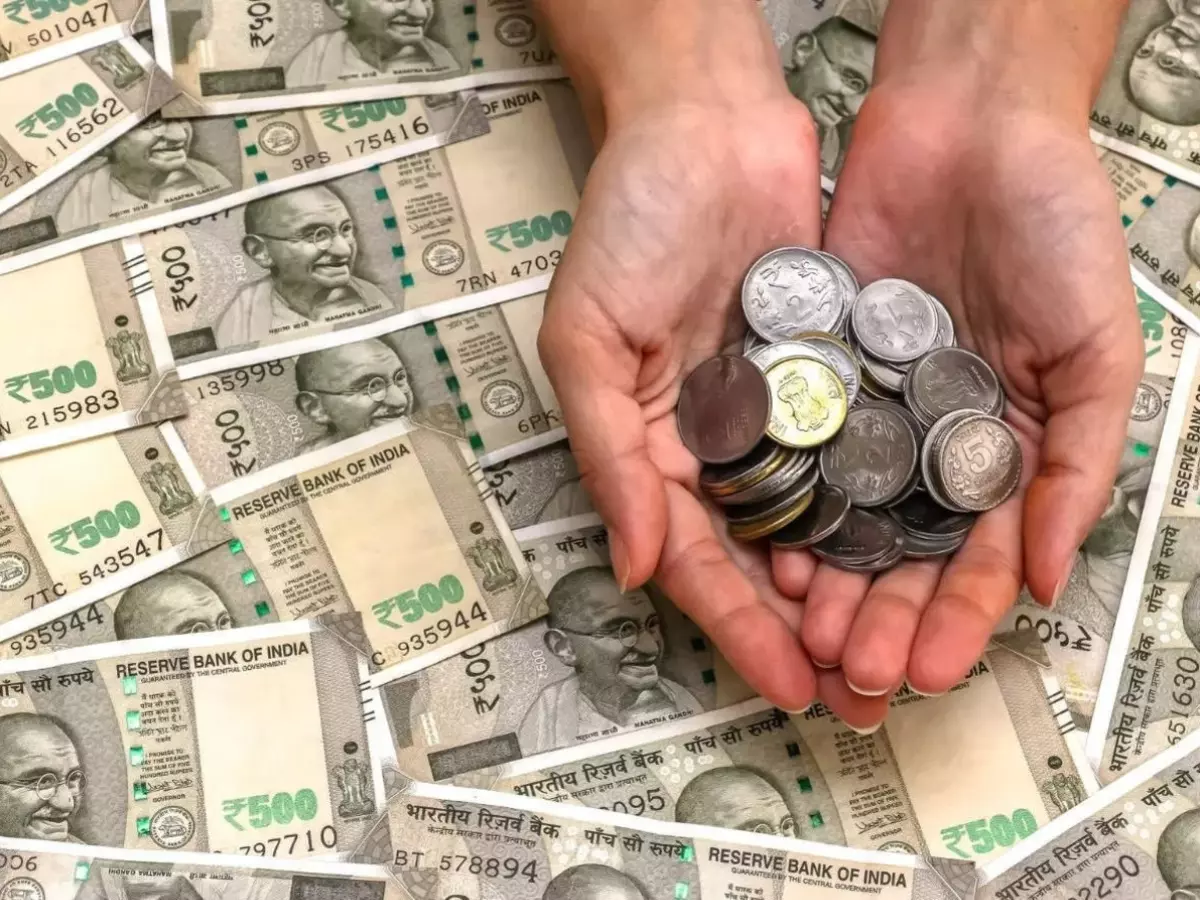Explained: Why RBI Has Decided To Launch UPI-based Coin Vending Machines In India
Reserve Bank of India will launch a pilot project on QR Code based Coin Vending Machine (QCVM) in 12 cities. These vending machines will dispense coins against debit to the customerí»s account using UPI instead of physical tendering of banknotes/

After announcing the sixth consecutive repo rate hike yesterday, RBI governor Shaktikanta Das also put forth RBIí»s new pilot project-QR Code based Coin Vending Machine.
UPI-based Coin Vending Machines
 indiatimes
indiatimes
Under this, the Reserve Bank of India will launch a pilot project on QR Code-based Coin Vending Machines (QCVM) in 12 cities. These vending machines will dispense coins against debit to the customerí»s account using UPI instead of physical tendering of banknotes. This will enhance the ease of accessibility to coins. Based on the learnings from the pilot, guidelines will be issued to banks to promote the distribution of coins using these machines.
"Unlike cash-based traditional Coin Vending Machine, the QCVM would eliminate the need for physical tendering of banknotes and their authentication," Governor Das said, adding people can withdraw coins in required quantities and denominations.
Also Read: RBI Governor Says 'India Has Lower Risk Of Recession'
Reasons Behind The Move
To improve the distribution of coins among the public, the Reserve Bank of India is preparing a pilot project on QR Code-based Coin Vending Machine in collaboration with a few leading banks. The QCVM is a cashless coin dispensation machine which would dispense coins against debit to the customerí»s bank account using UPI, said RBIí»s statement.
Also, getting fake currency notes in coin vending machines led the Reserve Bank to announce the UPI-based alternative, Deputy Governor T Rabi Sankar said, as per ET. Sankar said the RBI had installed coin vending machines at strategic places like vegetable markets where there is a high demand for coins but had to grapple with the challenge of fake notes.
"The problem then was that the currency that was being fed into these machines was found to be very often fake ... so that became an issue," he told reporters at the central bank headquarters.
This is where the RBI started to think of the alternatives that can be deployed, Sankar said, adding that a lot of people use cell phones which can scan a QR code which can be linked to the UPI to initiate and process a transaction instead of the use of currency notes.
Supply Of Coins Very High
 istock
istock
RBI deputy governor Sankar reportedly said the RBI is saddled with a peculiar problem wherein the supply of coins is very high and it takes a lot of storage space, the same is not properly distributed and many places are in the lurch of the coins.
The vending machine was developed in-house and a pilot project was launched, which is now being expanded, Sankar said, adding that the newly announced project will improve the distribution of coins in the system.
Roll Out At Public Places Soon
The pilot project is planned to be initially rolled out at 19 locations in 12 cities across the country. These vending machines are intended to be installed at public places such as railway stations, shopping malls, marketplaces to enhance ease and accessibility. Based on the learnings from the pilot tests, guidelines would be issued to banks to promote better distribution of coins using QCVMs.
RBI Also Extends UPI For Inbound Travellers To India
 payu
payu
As UPI has become hugely popular for retail digital payments in India, the RBI yesterday also proposed to permit all inbound travellers to India to use UPI for their merchant payments (P2M) while they are in the country. To begin with, this facility will be extended to travellers from G-20 countries arriving at select international airports.
Also Read: How RBI Creates & Distributes Indian Rupee Banknotes
For the latest and interesting financial news, keep reading Indiatimes Worth. Click here.
